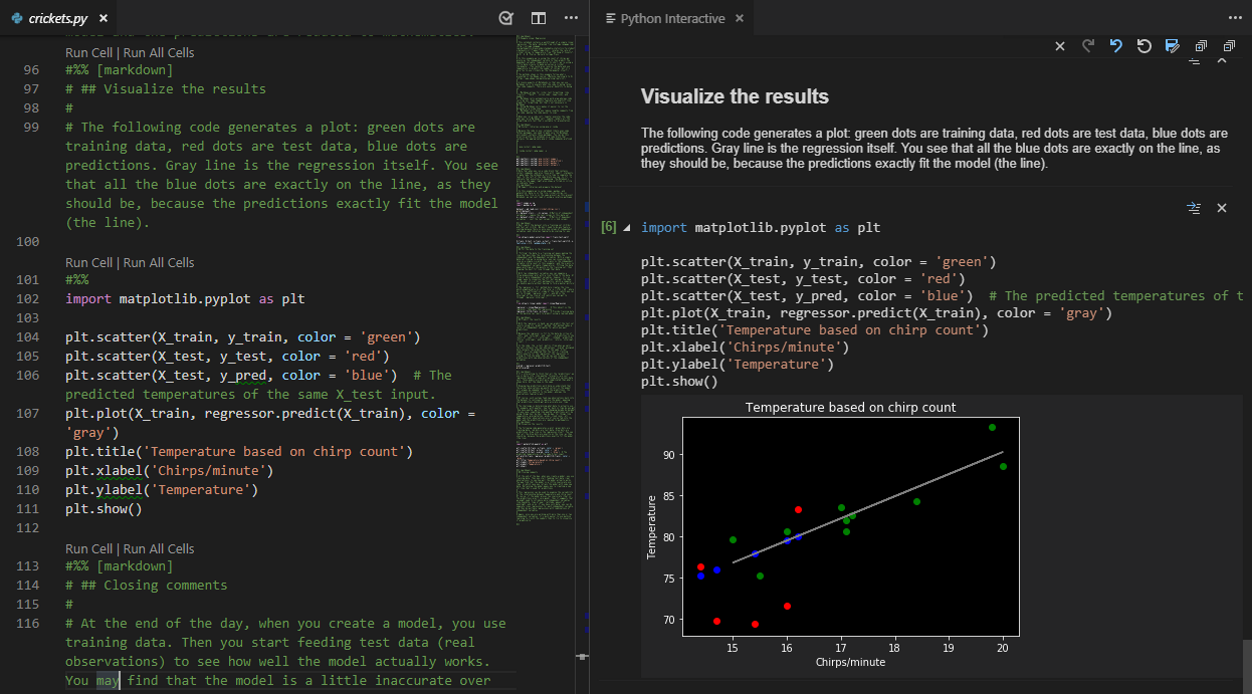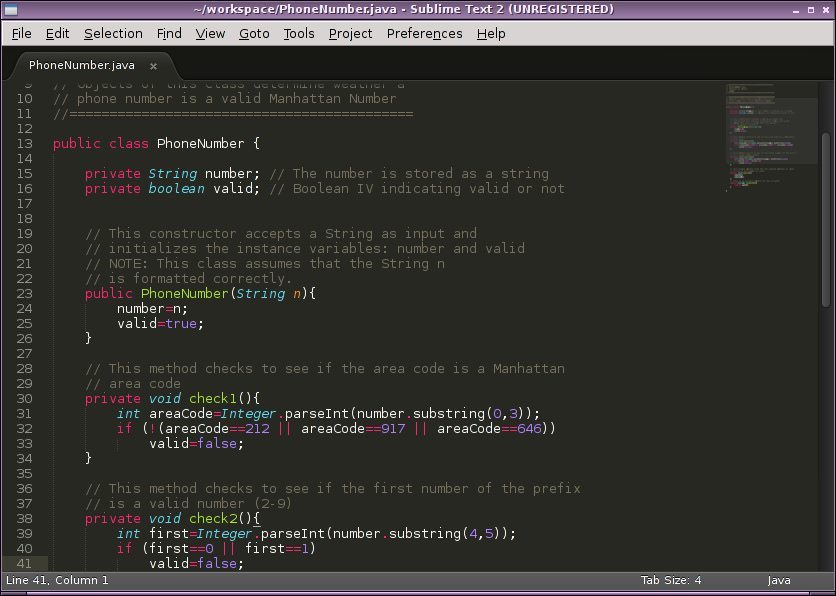
- #Basic python text editor how to
- #Basic python text editor code
- #Basic python text editor download
- #Basic python text editor windows
If you want more tutorials like this tell me what here.įull Code: import sys v=sys.version() if "2.7" in v: from Tkinter import * import tkFileDialog elif "3.3" in v or "3.4" in v: from tkinter import * import tkinter.tkFileDialog root=Tk("Text Editor") text=Text(root) id() def saveas(): global text t = text.get("1.0", "end-1c") savelocation=tkFileDialog.asksaveasfilename() file1=open(savelocation, "w+") file1.write(t) file1.close() button=Button(root, text="Save", command=saveas) id() def FontHelvetica(): global text nfig(font="Helvetica") def FontCourier(): global text nfig(font="Courier") font=Menubutton(root, text="Font") id() nu=Menu(font, tearoff=0) font=nu Helvetica=IntVar() arial=IntVar() times=IntVar() Courier=IntVar() _checkbutton(label="Courier", variable=Courier, command=FontCourier) _checkbutton(label="Helvetica", variable=helvetica, command=FontHelvetica) root. Of the above, the most important thing is to remember to include the f at the start of your f-strings :).Under the last line you added, add this: def FontHelvetica(): global text nfig(font="Helvetica") def FontCourier(): global text nfig(font="Courier") font=Menubutton(root, text="Font") id() nu=Menu(font, tearoff=0) font=nu helvetica=IntVar() courier=IntVar() _checkbutton(label="Courier", variable=courier, command=FontCourier) _checkbutton(label="Helvetica", variable=helvetica, command=FontHelvetica)Ĭongratulations! You have finished a very simple text editor.

The final character f in the format specifier defines the type of the conversion that will be conductedį will convert the value to decimal numberĮ will make the number appear in scientific notation
#Basic python text editor download
Some best free and open-source text editors for Python coding along with their download links: Contents show. ) followed by a number that indicates the number of decimal places (two in our case) These text editors help in making programs more attractive and easily understandable along with easy execution of the same. The decimal precision can be specified by adding a dot (. The format specifier works by first adding a colon ( :) after the variable name This saves you having to re-type everything every time you run.

The first saved version has the number 0, the second - 1, and so on (number) - this method works with the 'restore' method and is used for choosing the needed version of the text. Eventually, you’ll probably want to put your Python programs, or at least your function denitions, in a le you create and edit with a text editor, and then load it into Python later. 2f) after the variable that we want to format. Class SavedText should have the next methods: (Text) - saves the current text and font. It is possible to round numbers on the fly to a specific precision, such as two decimal points as in our example by adding format specifier (.

This is because the f-string functionality does the data type conversion for us. Using string formatting, it is also possible to insert numbers (such as station_id and temp) into the body of text without needing first to convert the data type to a string.
#Basic python text editor code
Write your code in this editor and press 'Run' button to execute it.
#Basic python text editor how to
This document explains how to use Notepad.exe to create a simple Python program file, and then goes on to explain how to execute (run) the program using the Python interpreter. Code, Compile, Run and Debug python program online.
#Basic python text editor windows
Notepad.exe is a simple text editor supplied with all versions of the Windows operating system. You can include any existing variable in the text template by placing the name of the variable inside a set of curly braces. In order to create multi-line Python programs, you must have a text editor. The text that you want to create and/or modify is enclosed within the quotes preceded with letter f. Image from the draft text of the Introduction to Python for Geographic Data Analysis textbook by Tenkanen et al.

Let’s break the f-string down a bit to understand how it works.į-string formatting explained. So, here we have managed to combined three different data types and format the floating point value in a single line. The temperature at Helsinki Kaivopuisto station (ID: 132310) is 18.57 Celsius. More advanced plotting with pandas/Matplotlib And the next day you are re-reading the text and realizing that one of the previous versions was better but there is no way to get it back. One day you are working in the text editor, saving the document and closing it. GCP 4 - Writing our scripts the “right” wayīasic plotting with pandas and Matplotlib I believe that many of you have dealt with such a problem.


 0 kommentar(er)
0 kommentar(er)
